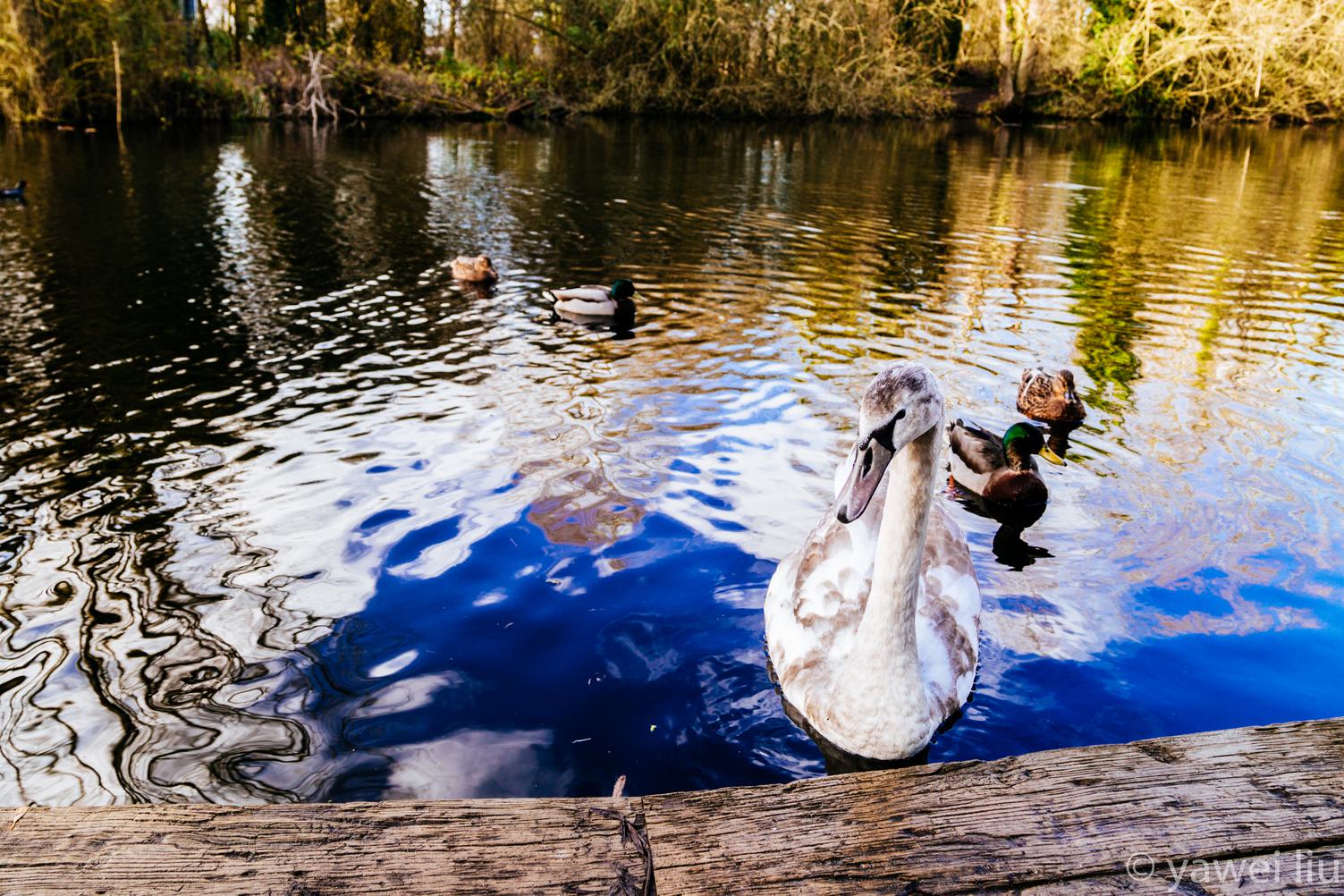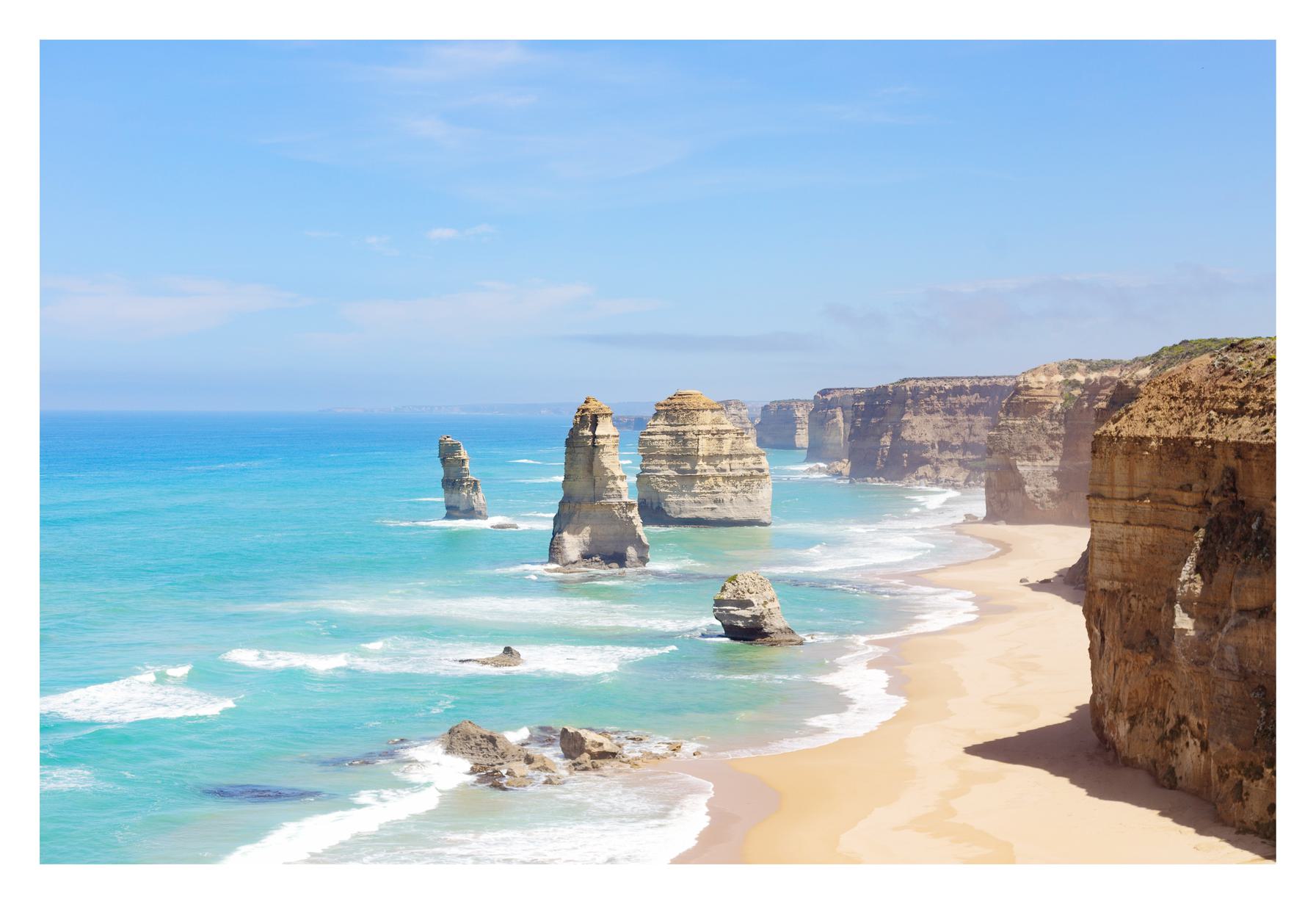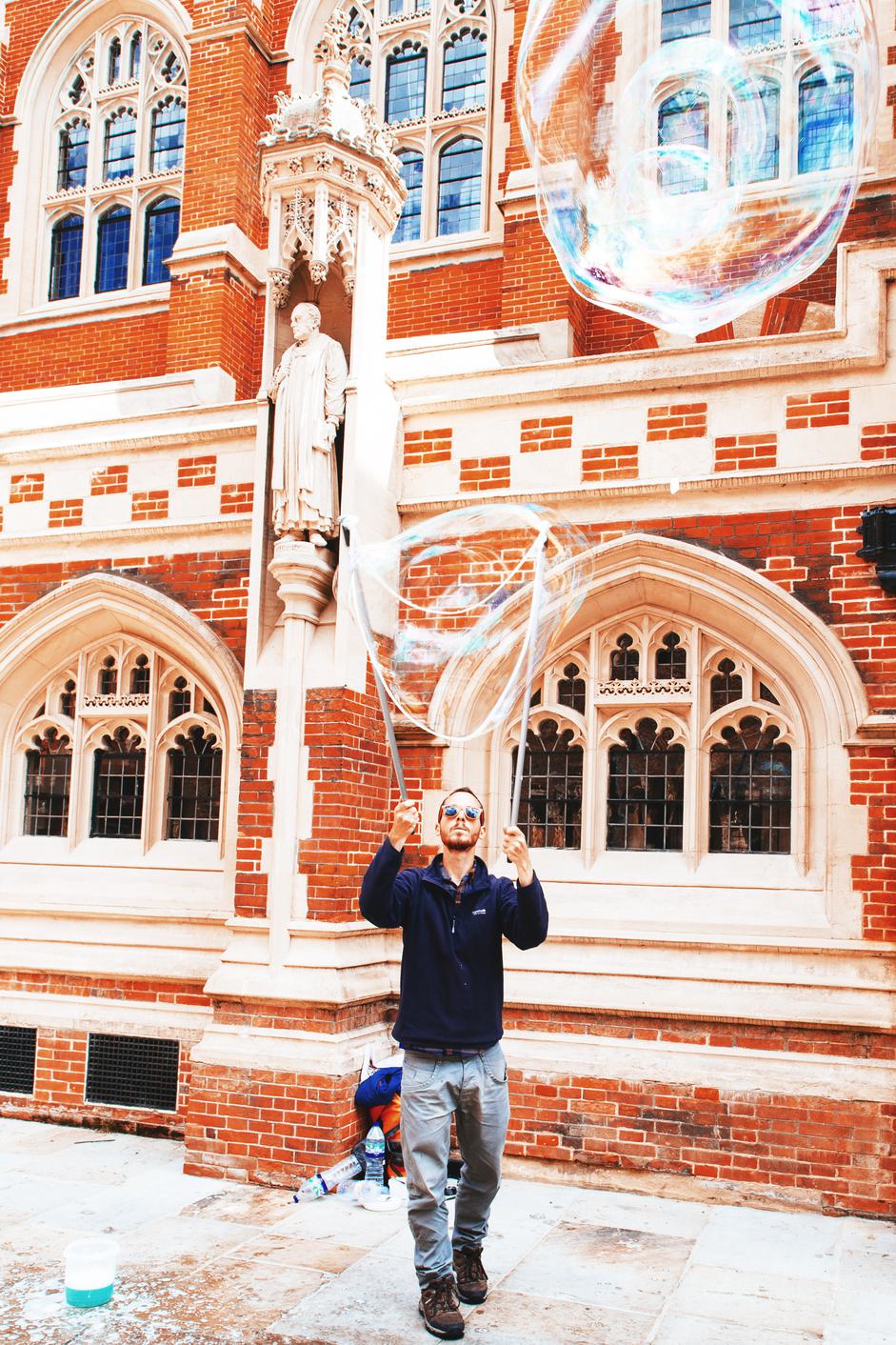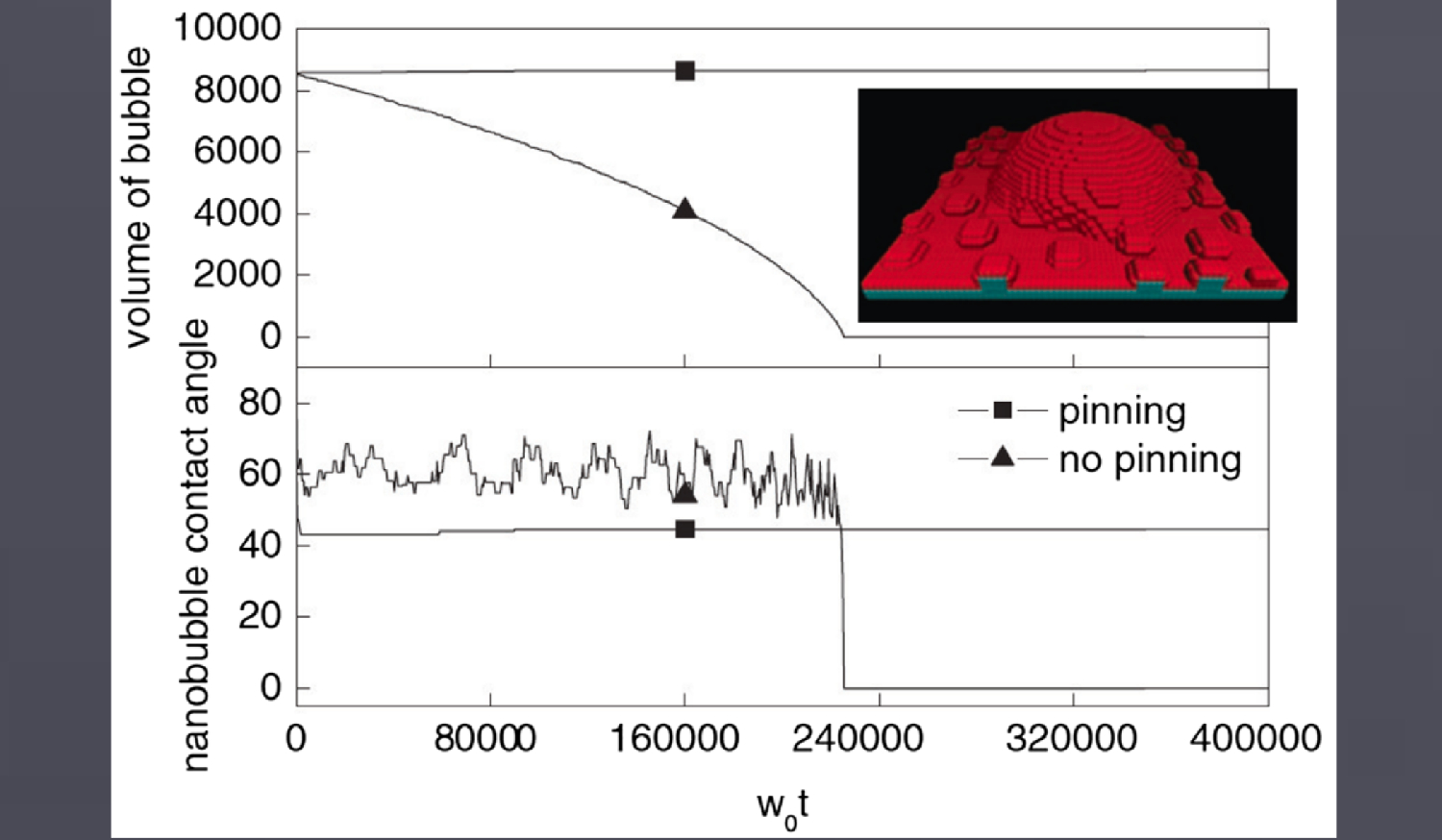
Pinning leads to Stable Surface nanobubbles
For the first time, we proposed and proved that the contact line pinning effect on heterogeous substrates can lead to thermodymaically stable surface nanobubbles.
J. Chem. Phys. 2013, 138 (1), 014706.
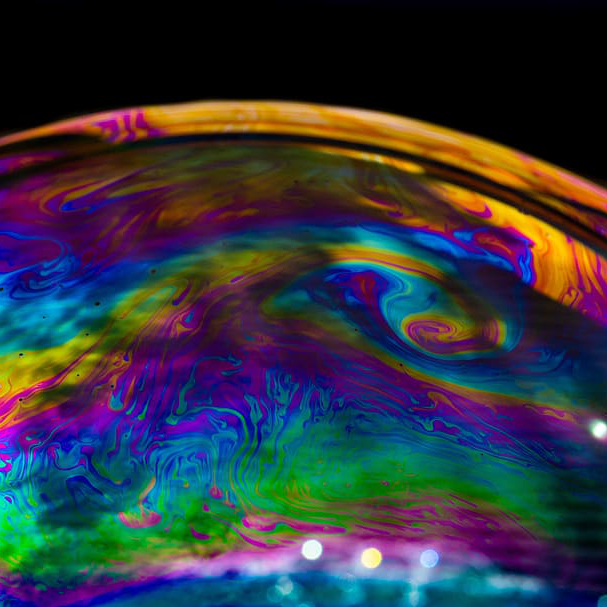
Nanobubbles are nanoscale gas-containing cavities on the liquid-solid surfaces (surface nanobubbles) or in the bulk aqueous solutions (bulk nanobubbles). These novel nanoscale bubbles exhibit a lot of unusual properties (e.g. extreme stability, abnormal contact angle) which challenge our understanding of the bubble behaviors at nanoscales.
Learn more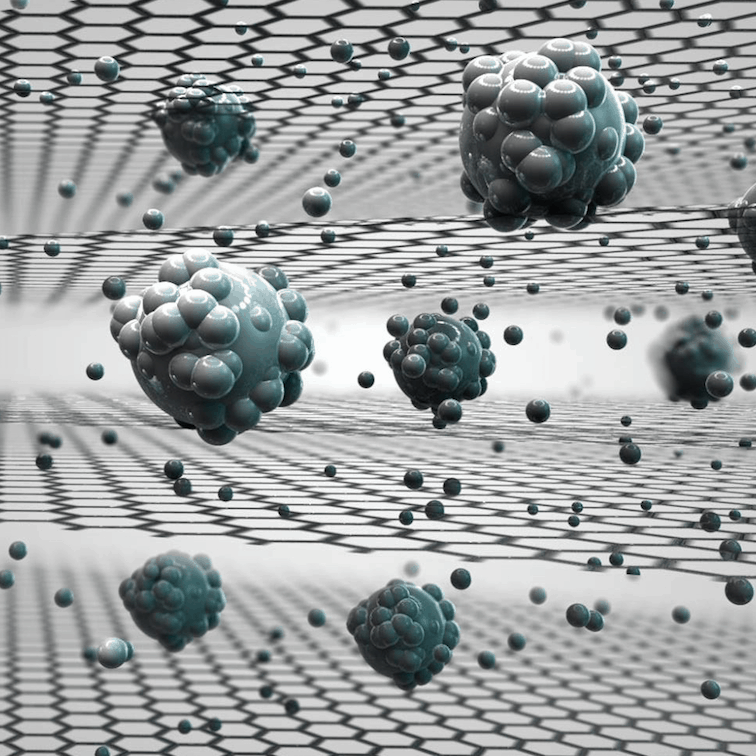
The field of nanofluidics explores the transport of fluids and ionic species at the nanometric scales. Interfaces often paly a crucial role at nanoscales. We are intersted in a phenomenon called phoretic transport, which represents the motion of colloids/molecules in fluids and the fluid flow near solid surfaces driven by some interfacial forces due to a electric field, a concentration gradient or a temperature gradient (i.e. electro-/diffusio-/thermo-phoresis and electro-/diffusio-/thermo-osmosis). The phoretic transport processes offer important advantages in fields as diverse as micro-/nano-fluidics, colloid science and separations because of the controllable processes may be achieved through surface structure and chemistry.
Learn more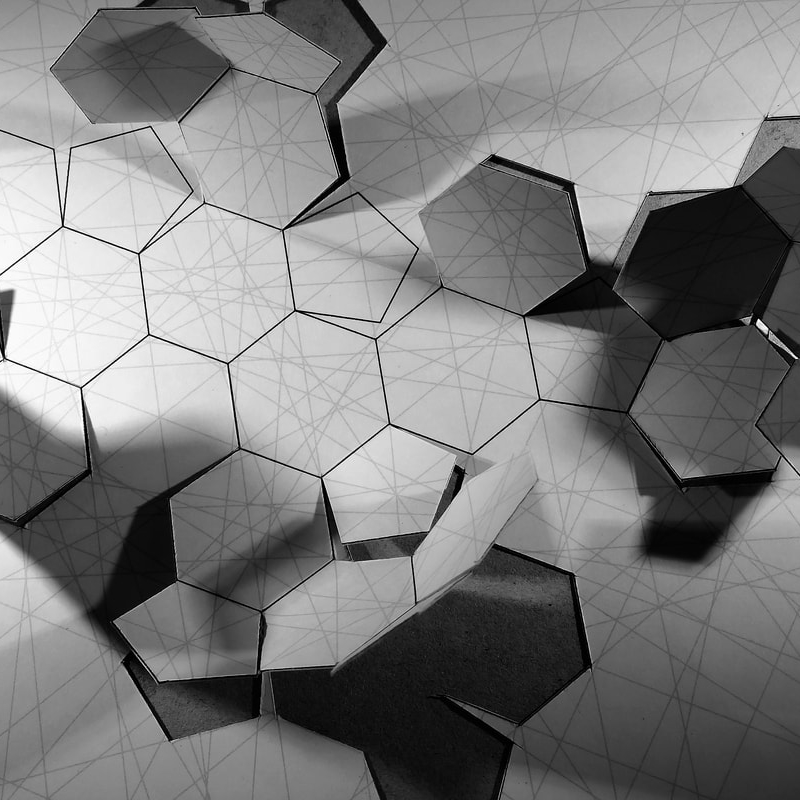
Nano-assembly describes the processes by which nanoscale individual units come together to form organized structures, mediated by individual particle interactions or globally applied external forces such as electric/magnetic fields or fluid flows. Understanding self-assembly allows us to fabricate materials through a bottom–up approach, which provide a precise control on the structures to achieve desired properties.
Learn more研究成果在Nat. Commun.,Phys. Rev. Lett., Adv. Mater., Angew. Chem.,ACS Nano, Adv. Funct. Mater., J. Membr. Sci., J. Chem. Phys.等期刊发表SCI论文60余篇,详见Google Scholar和Researchgate.
We have published 60+ papers in well-known international journals including Nat. Commun.,Phys. Rev. Lett., Adv. Mater., Angew. Chem.,ACS Nano, Adv. Funct. Mater., J. Membr. Sci., J. Chem. Phys., etc. See the full list at Google Scholar and Researchgate.

For the first time, we proposed and proved that the contact line pinning effect on heterogeous substrates can lead to thermodymaically stable surface nanobubbles.
J. Chem. Phys. 2013, 138 (1), 014706.
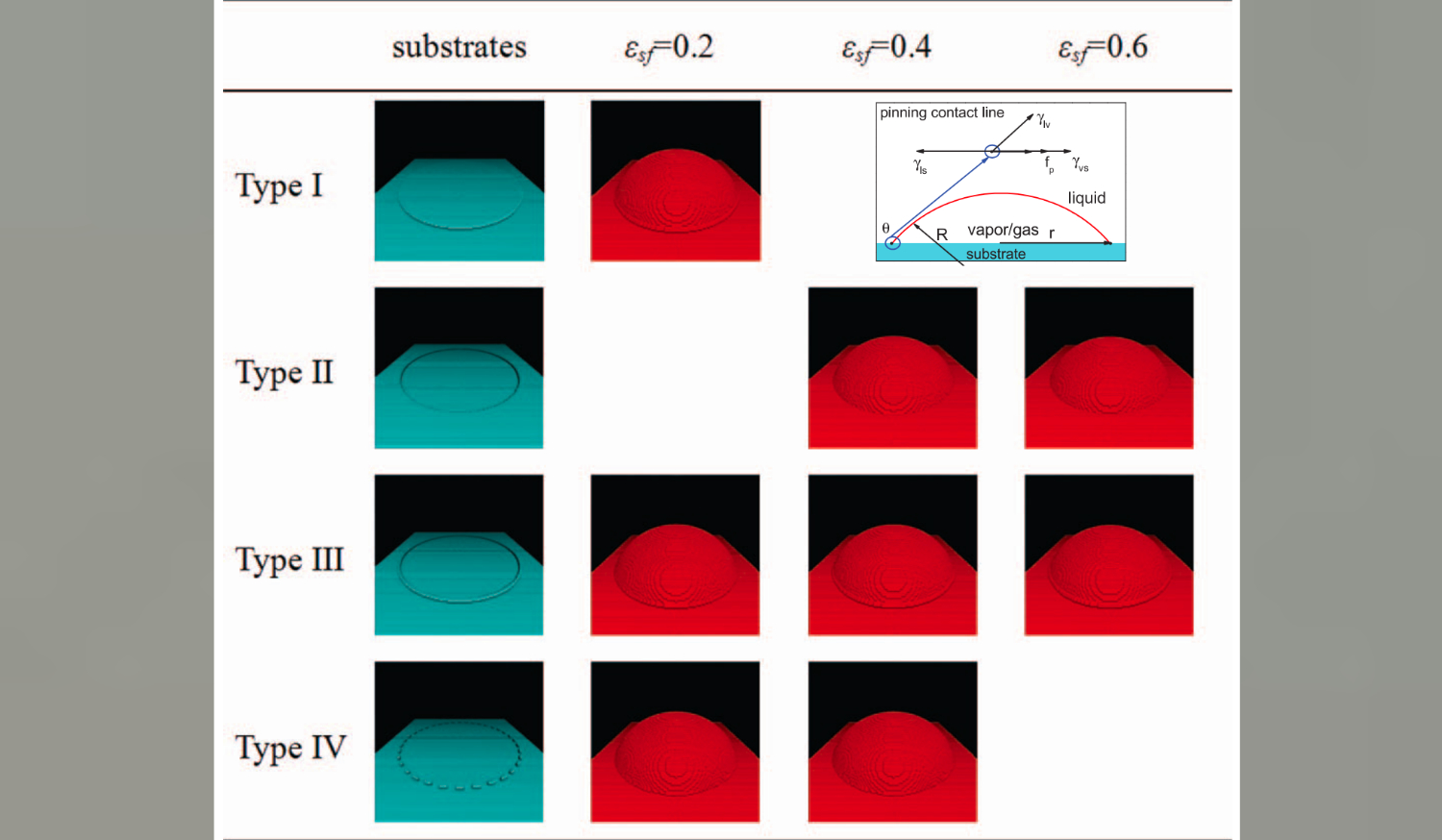
We showed that the contact angles of pinned surface nanobubble are independent of substrate chemistry. Pinning force were defined.
J. Chem. Phys. 2014, 140 (5), 054705.
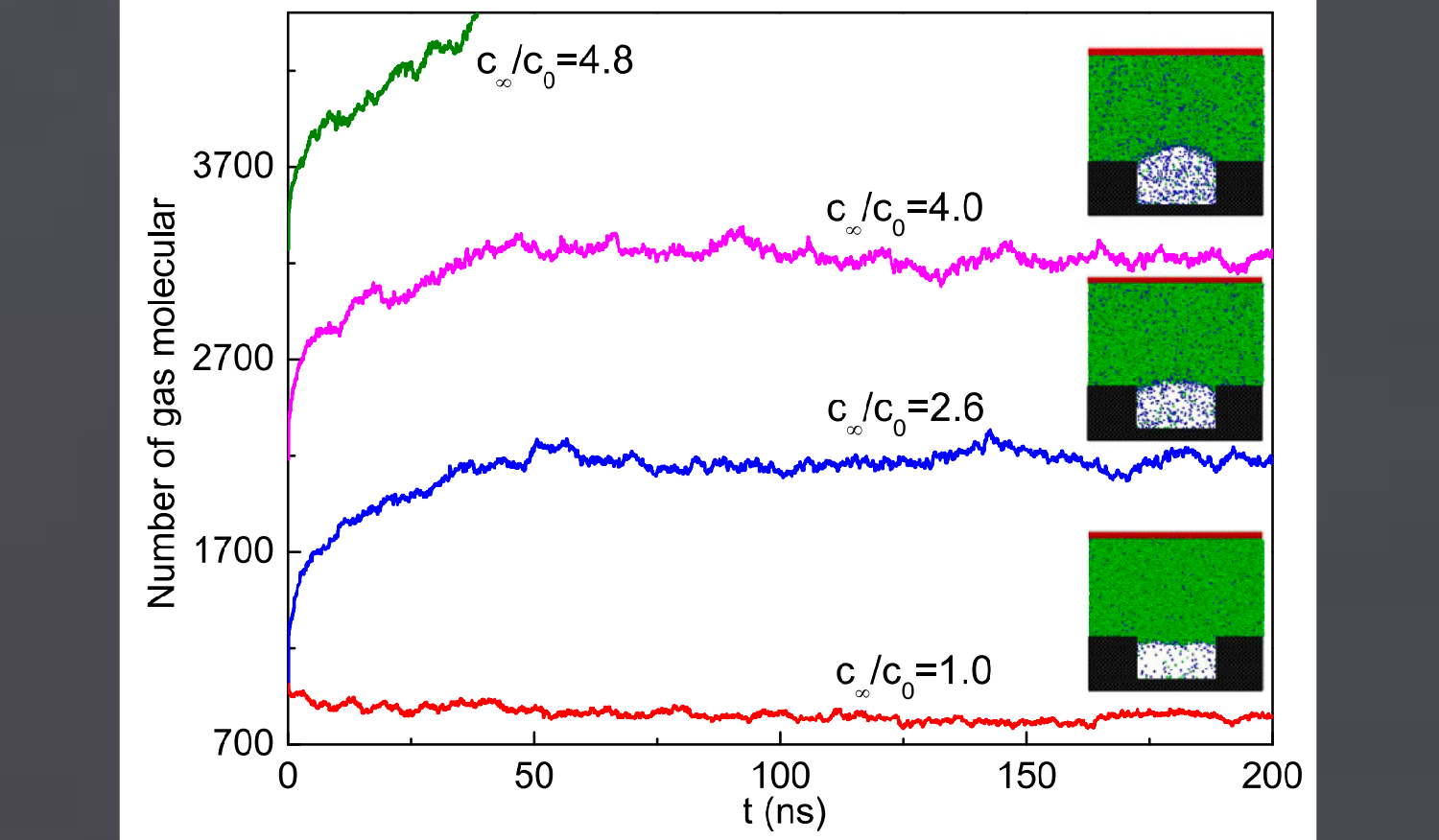
We confirmed that stabilizing surface nanobubbles require both the contact line pinning and some proper gas or heat supersaturations in the solution.
J. Chem. Phys. 2014, 141 (13), 134702.
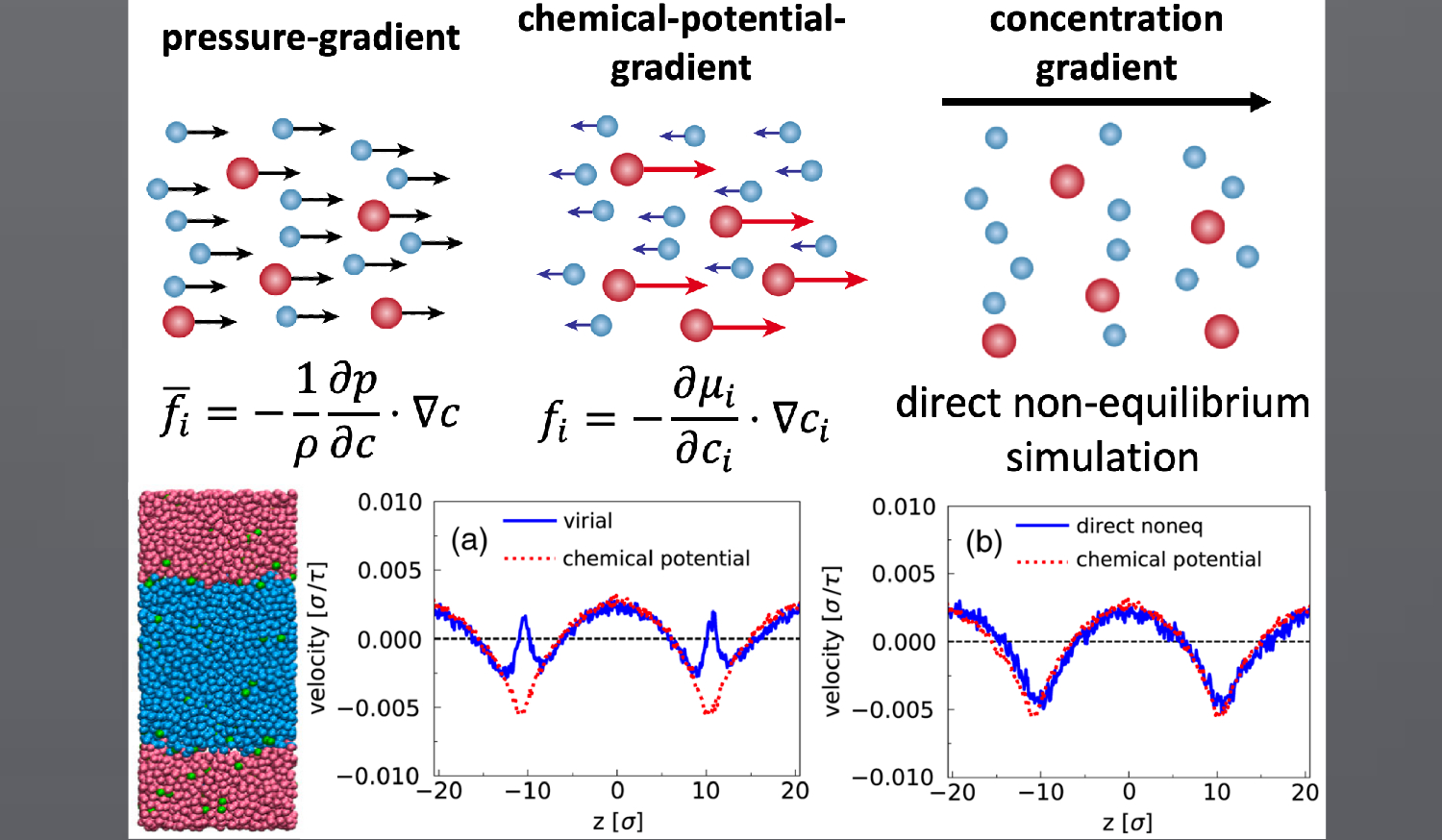
We found that microscopic Marangoni flows at the interface cannot be predicted based on pressure gradients, while the chemical potential gradient can.
Phys. Rev. Lett. 2017, 119 (22), 224502.
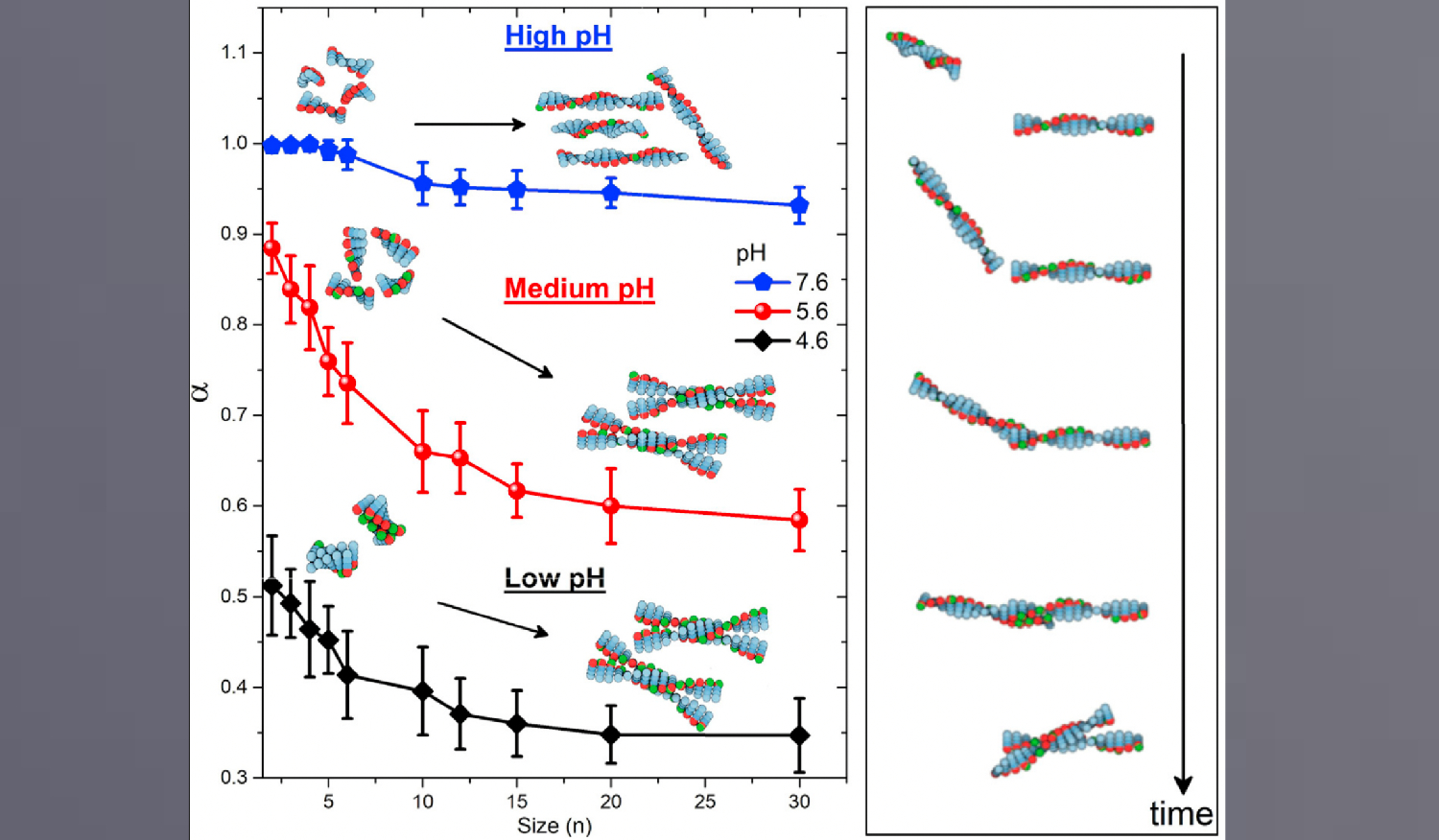
We concluded that the effective charge on the fibers dictates the agglomeration process and that the final geometry of the agglomerated fibers is marked by crossed nodes.
Cell Reports Phys. Sci. 2020, 1 (8), 100148.
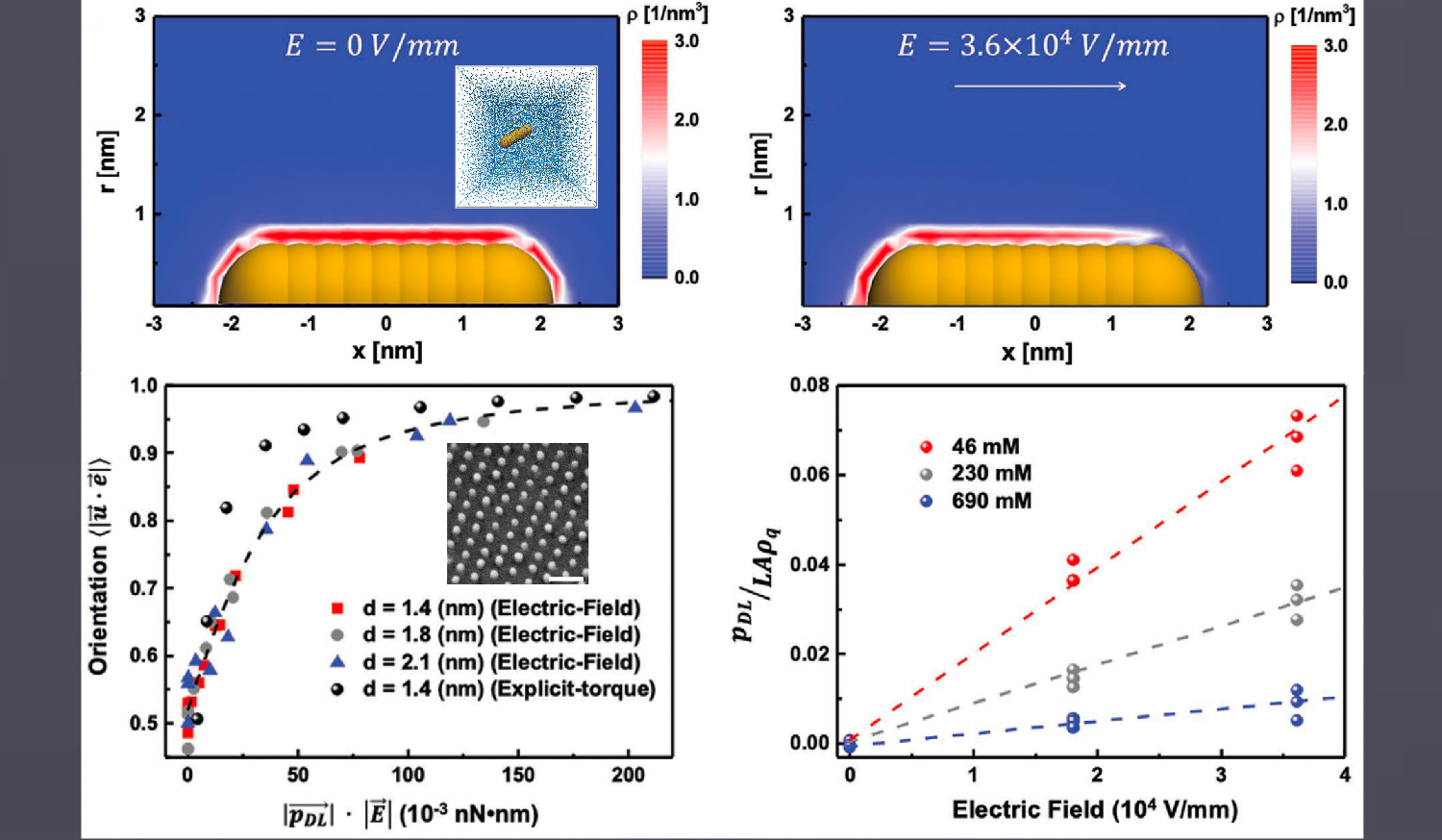
We concluded that the induced electric dipole in EPD assembly of nanorods is dominated by the polarizability of the interfacial electric double layer.
Adv. Funct. Mater. 2021, 31 (6), 2006753.
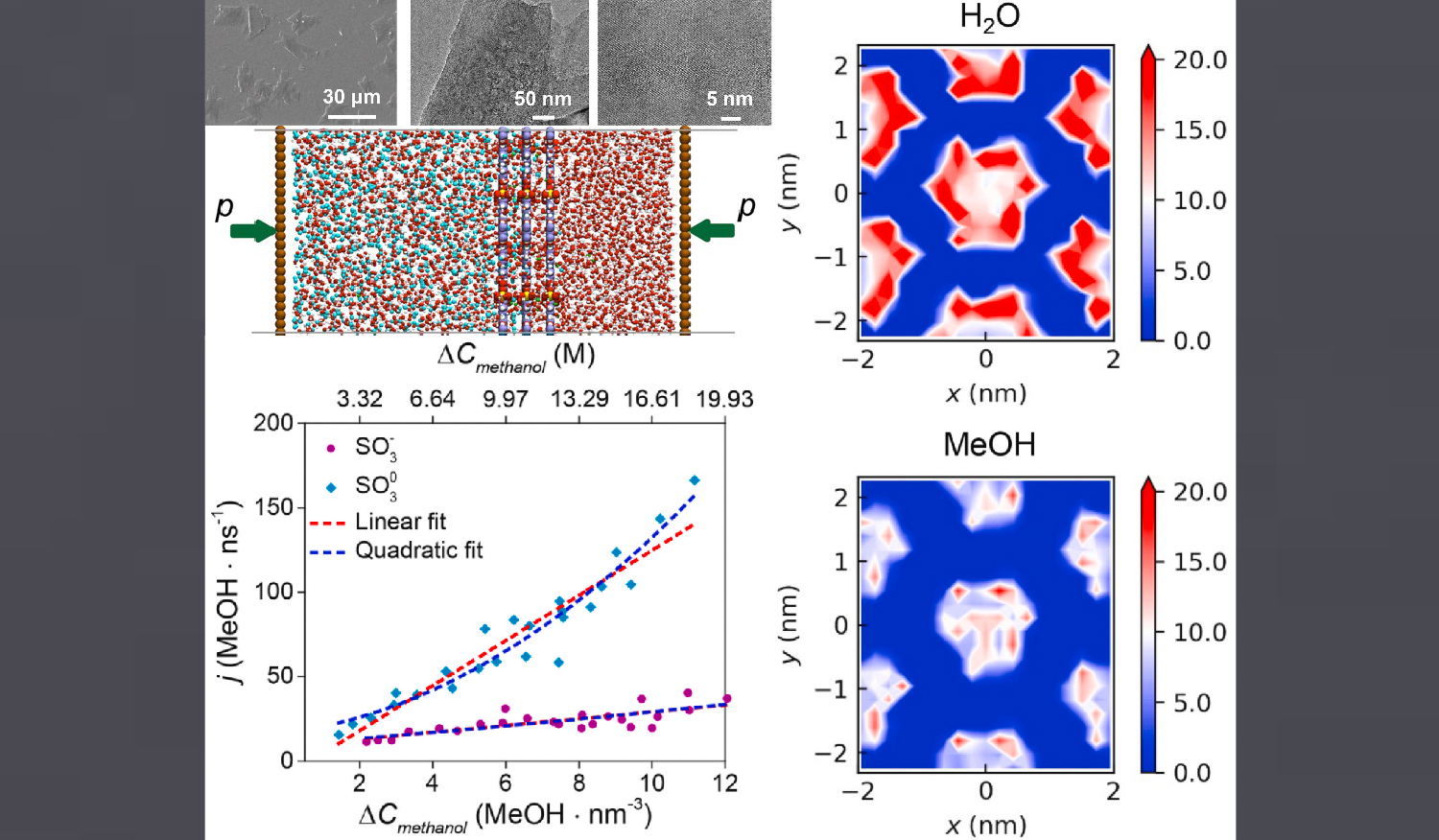
We found that the diffusio-osmotic effect arising from the charged hyrophilic nanochannels can lead to a low and nearly constant methanol permeability in the COF membranes.
J. Memb. Sci. 2022, 645, 120186.
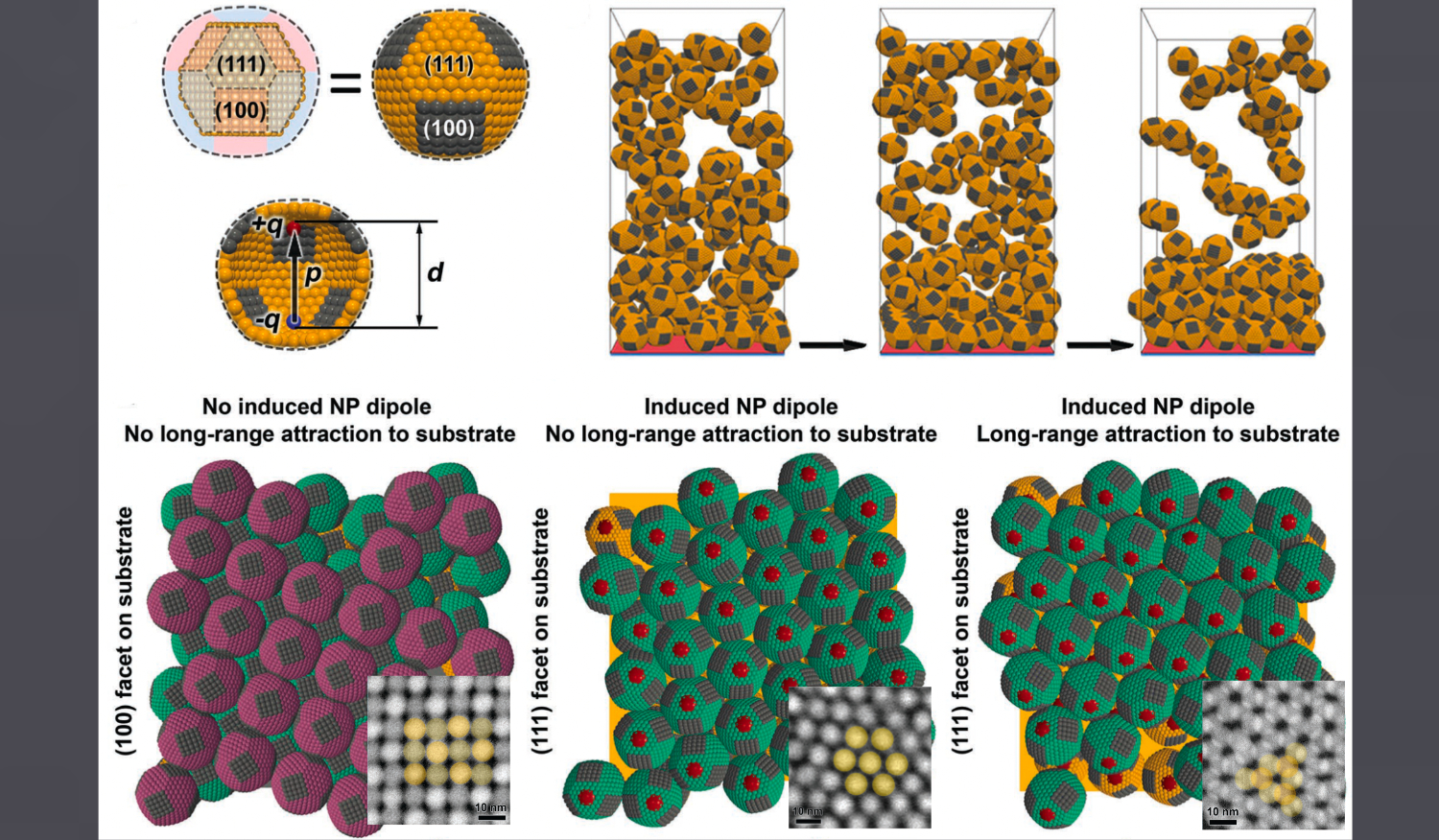
We revealed that the interplay between nanoparticle (NP) faceting, ligand shell structure, and substrate–NP interactions contronl the structure of assembled superlattices.
Adv. Mater. 2022, 34 (20), 2109093.
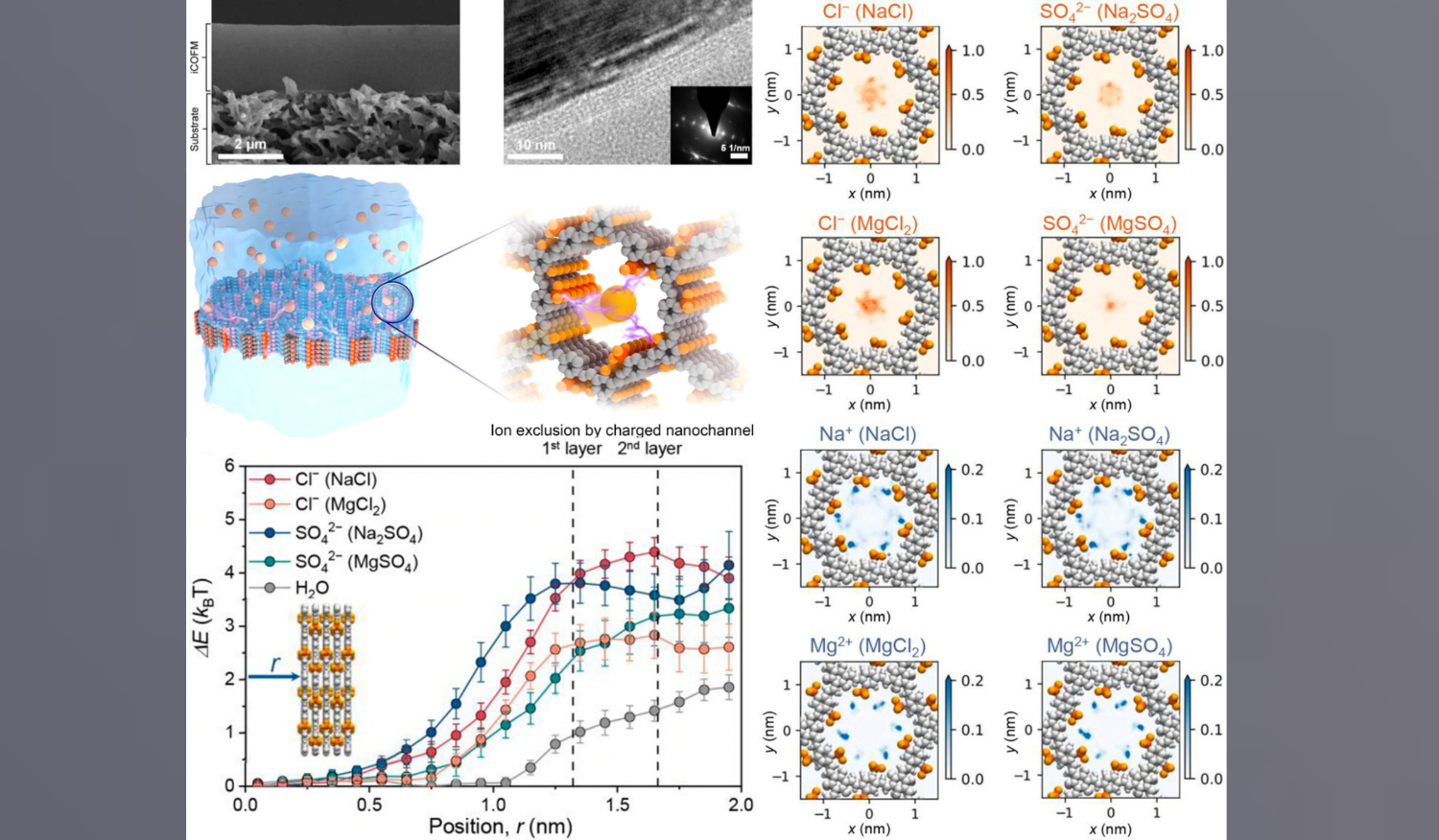
We proposed several mechanisms associated with the microscopic electrostatic interfactions to explain the efficient ion exlusion observed in charged COF membranes with large nanochannels.
ACS Nano 2022, 16 (8), 11781–11791.
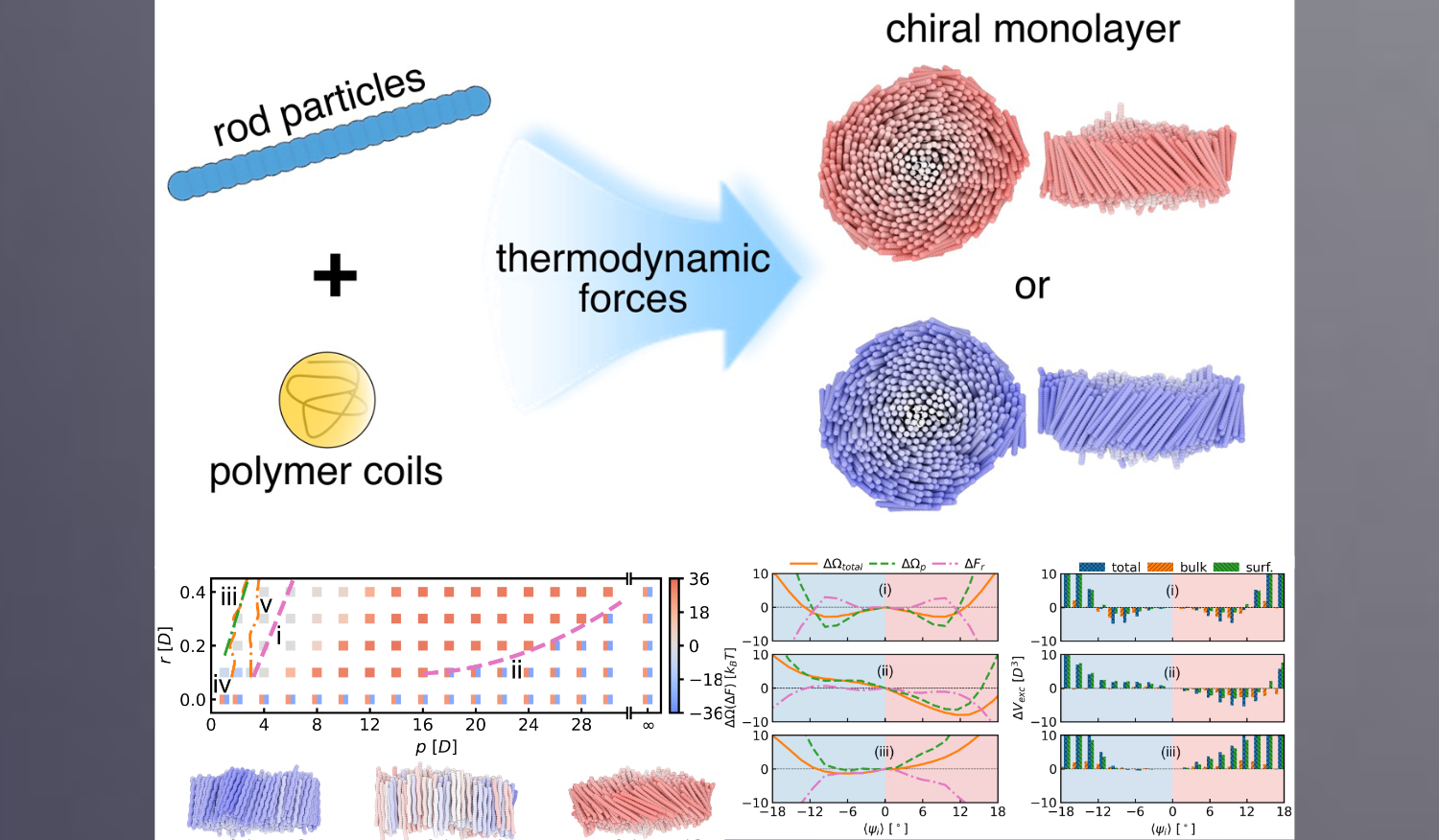
We developed a simple model system that can fully characterize the thermodynamic forces that drive chiral assembly behaviours in membranes formed by small rod-like colloids
Nanoscale 2022, 14, 16837–16844.
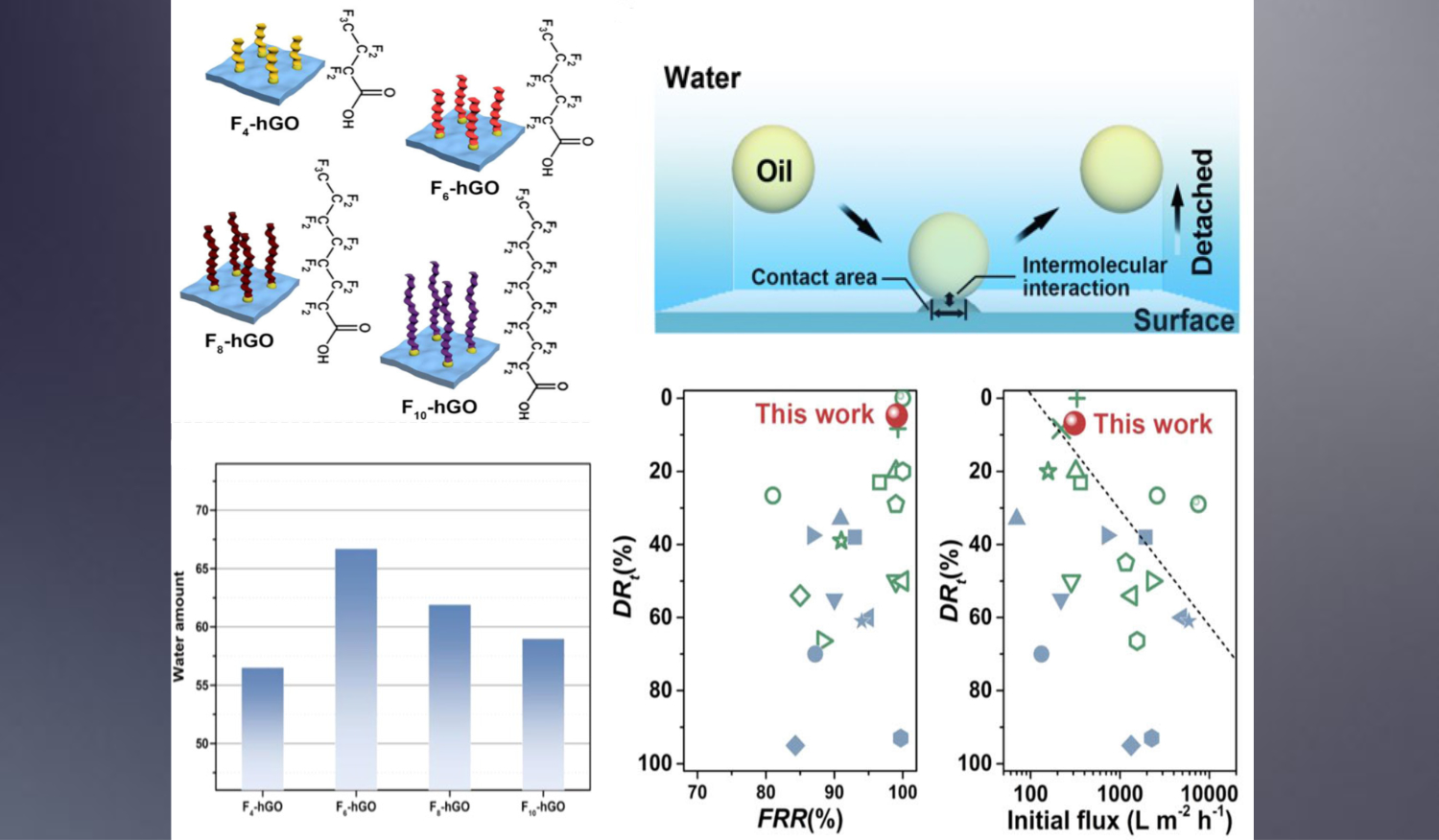
An amphiphilic surface consisting of hydrophilic phytic acid and hydrophobic C6 perfluorocarboxylic acids shows great antifouling properties due to high surface hydration capacity.
Nat. Commun. 2022, 13, 7334.
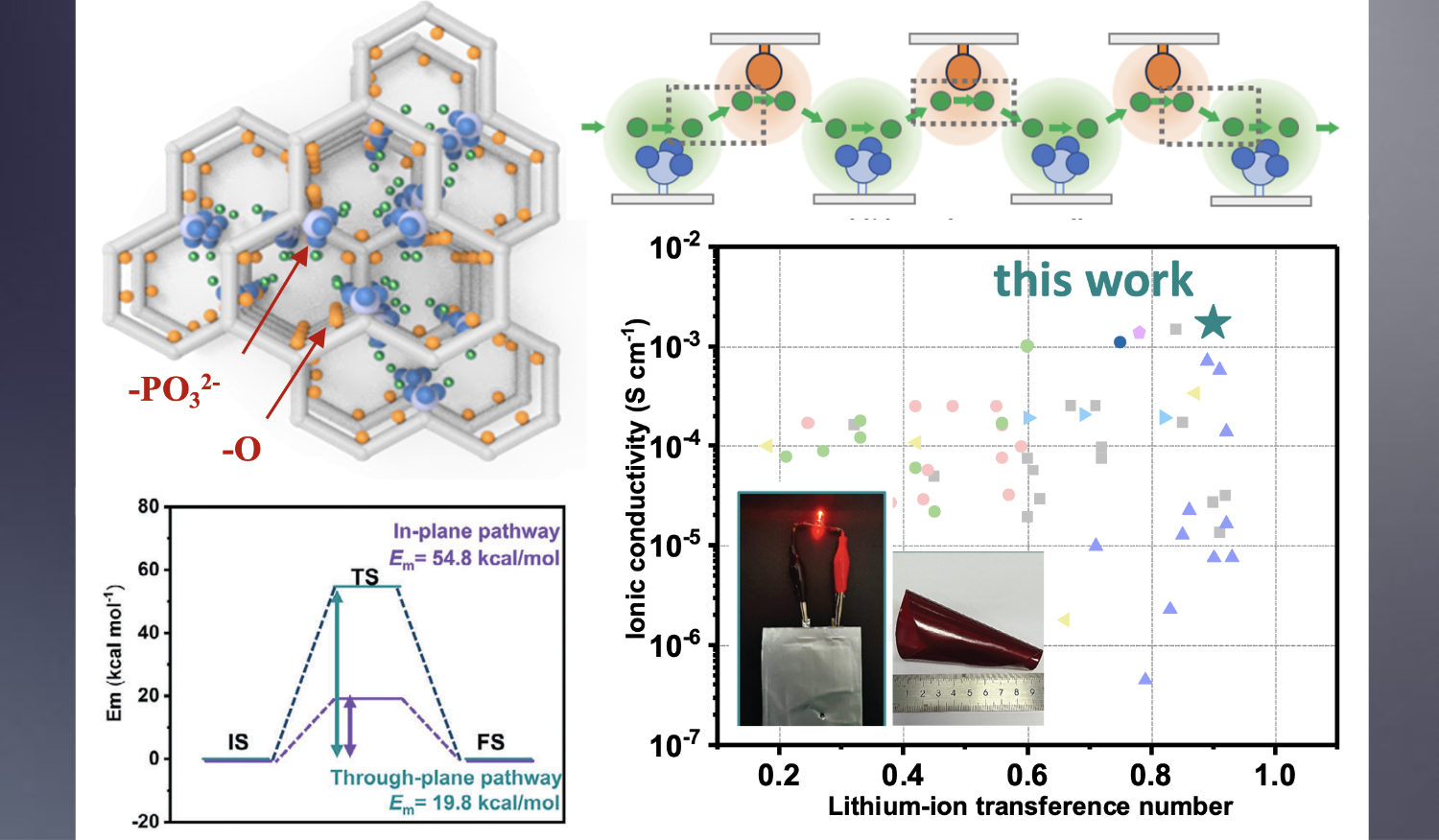
The COF channels functionalized with -PO32- and -O groups enable ultrafast single lithium-ion transport, as these groups create high-speed migration pathways for Li+.
Adv. Mater. 2024, 36 (52), 2413022.


















